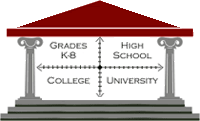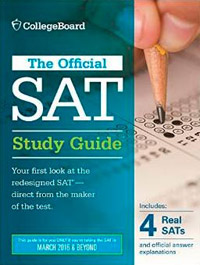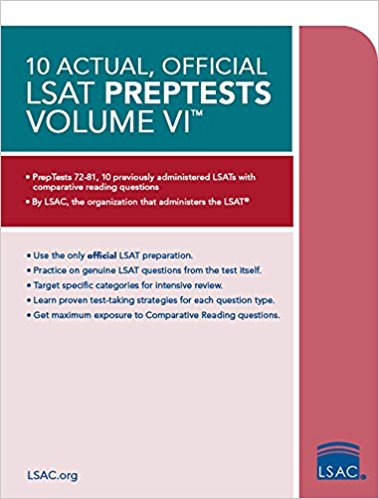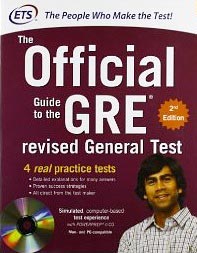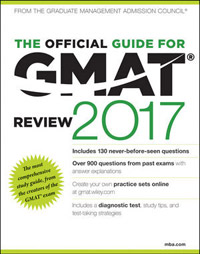|

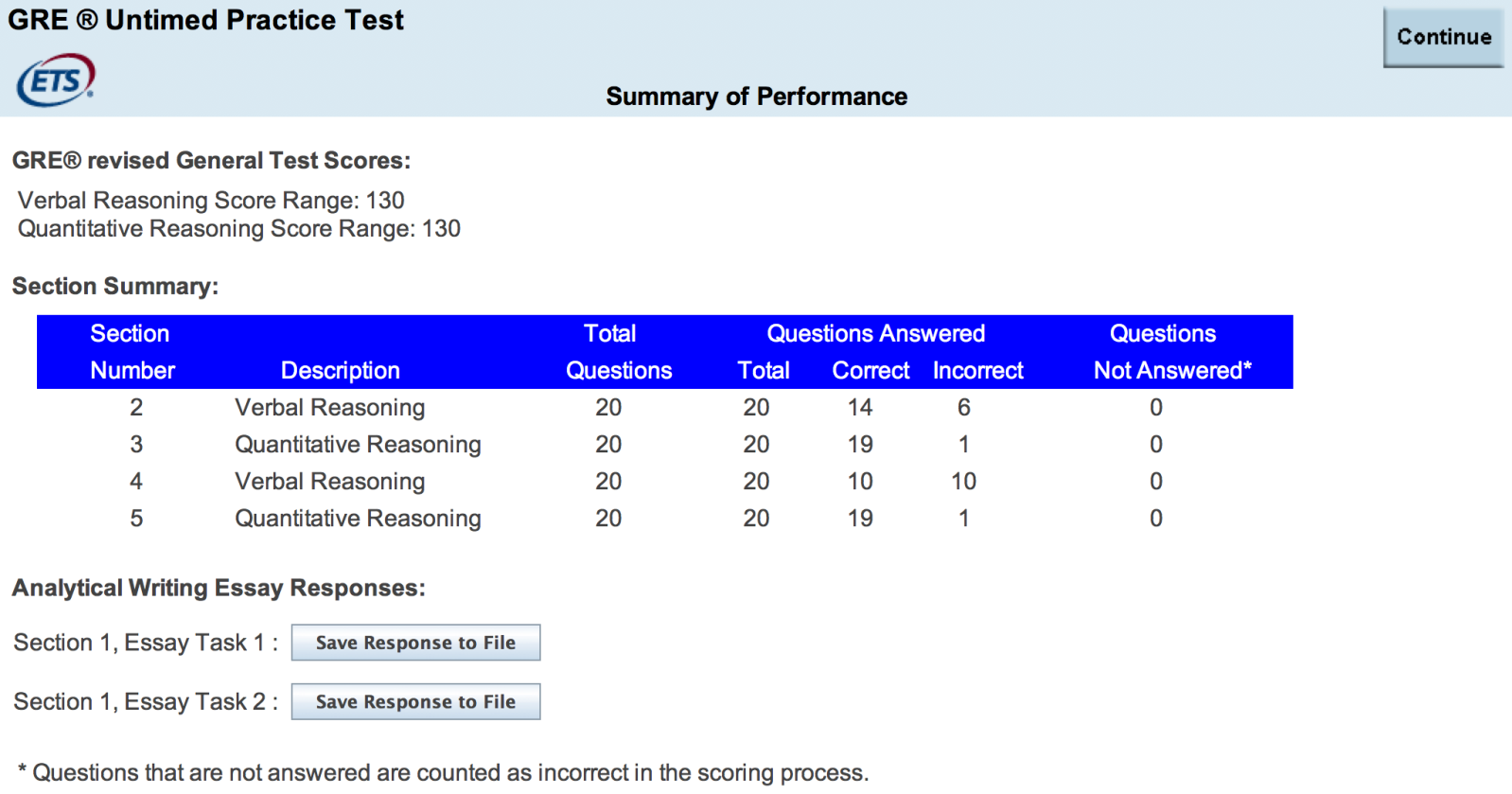
Many years ago, I was doing some professional research on the GMAT scoring algorithm. I found several webpages on the topic, several of which were extremely informative. The authors would take the official GMAT Prep Software and run a variety of simulations with it, to see what types of strategies yield the best scores. The results were surprising—they showed that the total number of questions correct and incorrect is far from the only factor in determining one’s GMAT score.
Well, the GRE is also a computer adaptive test (CAT), so I decided to do some research on the GRE PowerPrep II algorithm as well (new GRE scoring scale: 130 to 170). To my surprise, I have discovered that this information is nowhere to be found on the internet. So I decided to roll up my sleeves and do the research myself.
First, some disclaimers:
1) I cannot guarantee that the algorithm on the actual GRE is exactly the same as the algorithm on the GRE PowerPrep tests, likely as that may be.
2) Doing these simulations took me forever. OK, not literally forever. But a lot of research (working through the software to double-check the answer keys) and a TON of mouse clicks (the PowerPrep tests don’t have keyboard shortcuts, and you have to start every test with 15 clicks). Every question requires two clicks, and there are 80 questions per test. Thus, there may have been a human error or two mixed in there, because I didn’t have time to double-check all of my simulations. If anyone wants to double-check my work, or to run additional simulations, then please, be my guest—the software is free to use and download—but running all the simulations myself took up too many hours of my life, and I am never doing that again.
3) I only ran simulations on PowerPrep test #1. I would assume that test #2 is the same scoring algorithm, but I cannot guarantee that.
4) Don’t forget that the real GRE (but not the PowerPrep practice tests) includes an experimental section in either Verbal or Quant, and it can be any of the sections. So you won’t necessarily know which sections are your first and second sections on the actual test.
5) If you are among the 2% of GRE test-takers taking the paper-based test, then you don't need to worry about PowerPrep. Instead, you should download the current paper-based GRE as well as the old one. These questions overlap with the PowerPrep II questions.
BRIAN'S GRE POWERPREP 2 TEST SIMULATIONS AND SCORE ANALYSES:
The first sections (Quantitative and Verbal) of the Powerprep CATs have only one version, which is of average difficulty.
The second section has one of three possible versions (Easy, Medium, Hard), depending on your overall performance on the first section.
Quant:
0-7 correct: Easy
8-14 correct: Medium
15-20 correct: Hard
Verbal:
0-6 correct: Easy
7-14 correct: Medium
15-20 correct: Hard
The first section is weighted more strongly than the second section. To get an idea of how you can earn the score you want, take a look at the table below, which lists a myriad of different score scenarios on the GRE PowerPrep CATs.
As you can see, the total number correct is not always an accurate predictor of your score, because a heavier emphasis is put on the first section than the second.
The key to a solid GRE score is to "qualify" for the medium or hard sections on your first scored section--doing so automatically improves your score.
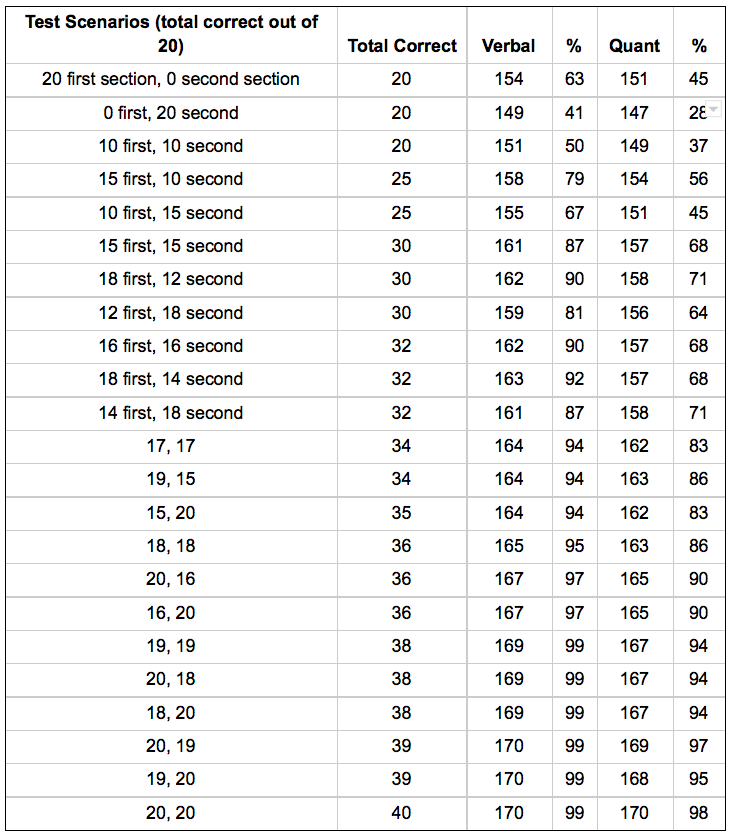
Of course, there is one major caveat to all of this: when you are taking the GRE, you are trying to get every question right, and you don't know which questions you are getting right and wrong. So in many ways, you are operating in the dark. However, this table should at least give you a better idea of precisely how you need to perform on the test in order to achieve your desired score.
In order to easily access the easy, medium and hard second sections of the software, it helps to have an answer key. Here are the answer keys to PowerPrep Tests 1 and 2, with percent correct listed when possible (this information is only available for the PDF tests, not the PowerPrep only questions): PowerPrep Test 1 Answer Key With Percentiles / PowerPrep Test 2 Answer Key With Percentiles
Having now done this research, I am also qualified to address some unverified rumors I had heard about the GRE.
Rumor #1: The GRE only scores your second section—the first section simply determines whether you get an Easy, Medium, or Hard second section.
Verdict: FALSE. When controlling for scores on the second section, first section performance still has an effect on the final score (see table).
Rumor #2: There is a penalty for leaving questions blank and/or not finishing the test.
Verdict: FALSE. I ran some simulations on this (finishing the sections, but not getting any extra questions right vs. leaving half the questions blank) and did not find this to be true. However, you would have to be crazy to leave anything blank, because the GRE scoring algorithm does not care how many questions you get wrong—it only cares how many questions you get right. Which means that you should make sure to give yourself enough time to answer any remaining questions, even if it’s a complete guess, because probability dictates that some of those guesses will be correct and thus lead to a higher score.
Rumor #3: You can get a perfect score even with one question wrong.
Verdict: TRUE. In order to get a perfect score on math, you need to get all 40 questions right, but as you can see from the table, you can get one verbal question wrong (on either section) and still earn a perfect 170. A perfect combined score is 340, but any combined score 330 or above is an extremely elite score and should help earn you admission to nearly any graduate studies program.
I hope this information helps you in your quest for a great score on the GRE computer adaptive exam. Please email me directly with any questions, comments, suggestions, suggested revisions, etc. at mcelroy@post.harvard.edu. And for more information about GRE prep, please check out my GRE Action Plan.
Back to Blog Home
|



